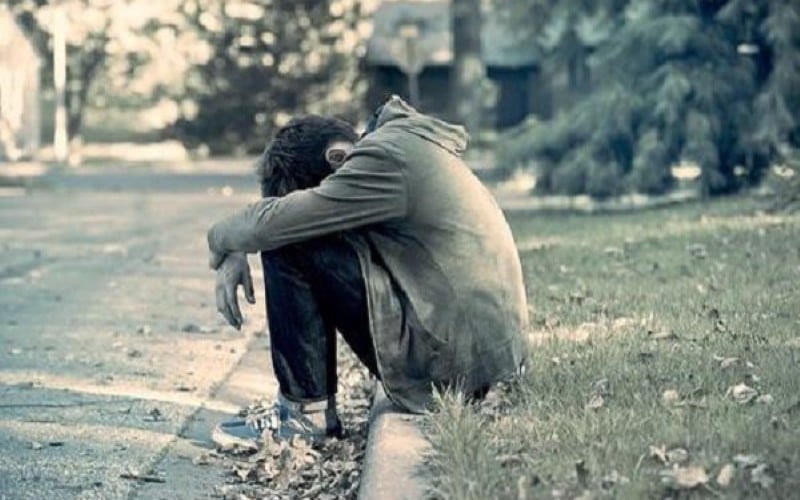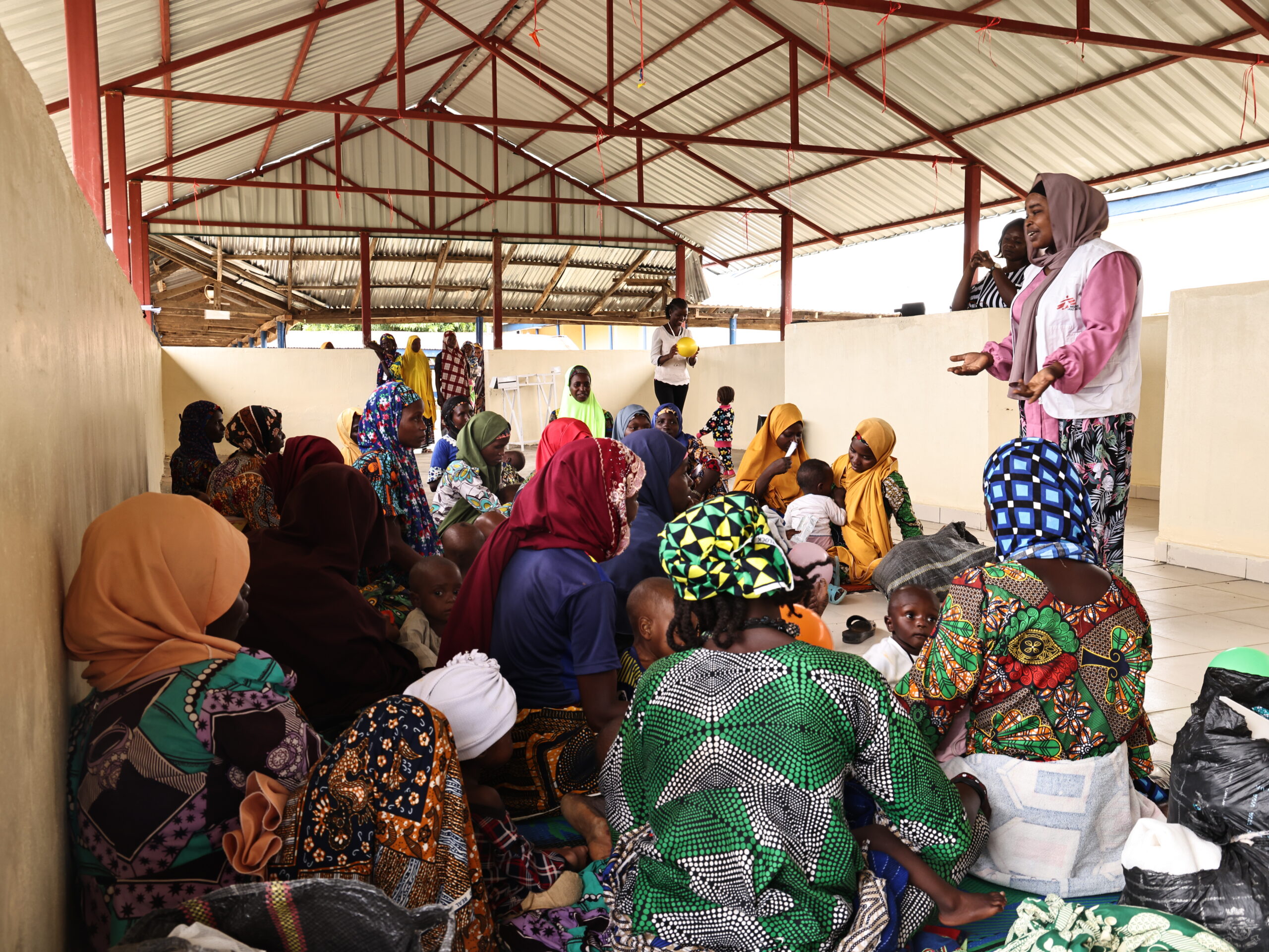Iran’s Mental Health Crisis Deepens Under Clerical Rule

New data reveals one in four Iranians suffer from psychiatric disorders as regime policies fuel psychological destruction
Iran’s ongoing economic, political, and social crises are leaving devastating psychological scars across society. A new report from the state-run Arman-e Emrooz daily (September 30, 2025) highlights the extent of the mental health emergency, while deliberately avoiding the real causes rooted in the clerical regime’s destructive policies.
According to official figures, 25.1 percent of Iranians live with at least one psychiatric disorder, up from 23.6 percent in 2011. Depression remains the most common illness, affecting 13.7 percent of the population. Government officials have admitted that mental health disorders have increased by 1.5 percent in the past decade, but their explanations deflect attention away from systemic failures.
State media attributes the rise in mental illness to external factors such as “regional wars and neighboring crises,” ignoring the far deeper impact of the regime’s own actions. Decades of repression, executions, discrimination against women, economic mismanagement, corruption, and the collapse of social services have left millions of Iranians in despair.
The consequences are visible across society:
- Persistent poverty and inflation undermine family stability.
- Mass executions spread fear and collective trauma.
- Discrimination against women and family breakdowns erode social cohesion.
- Brain drain and forced migration devastate the nation’s emotional and professional fabric.
- Children denied education due to poverty face hopeless futures.
- Housing shortages, unemployment, and environmental destruction add to the sense of permanent crisis.
The regime’s failure is further underlined by the crumbling healthcare system. Iran has only 11,000 psychiatric hospital beds, while the United Kingdom—despite having a smaller population—offers more than double that number. In many Iranian provinces, there are only one or two psychiatric wards, leaving families with long waiting times and overwhelming emotional strain.
For critics, the mental health crisis is not an isolated medical issue but the cumulative outcome of 46 years of clerical misrule. Religious extremism, systemic corruption, economic decay, and international adventurism have all taken a severe toll on the Iranian people’s psychological well-being.
Yet beyond the regime’s propaganda, a different picture of Iran emerges. It is a nation marked by continuous protests, strikes, and resistance, where women and youth have taken the lead in rejecting oppression. Despite widespread trauma, the majority of Iranians continue to demand fundamental change and the end of the ruling system.
The statistics released by state media may reveal part of the truth, but the regime’s attempt to conceal the real causes only highlights its fear of acknowledging the depth of its social and political failures.
link





:max_bytes(150000):strip_icc()/7-Day-Healthy-Aging-Meal-Plan-for-Diabetes-Created-by-a-Dietitian-b1bfceb3b9bb4ac387159b3a6ae3d8c2.jpg)
